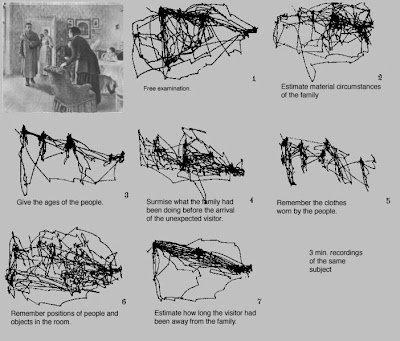To isolate and pinpoint factors that contribute to the “magic” of Rembrandt’s portraits, computer-rendering programs were used to recreate four of the artist’s most famous portraits. Replicating Rembrandt’s techniques, scientists placed a sharper focus on specific areas of each model’s face, such as the eyes.
Working with a team from the Vision Lab in UBC’s Department of Psychology, Dr. DiPaola tracked viewers’ eye movements while they examined the original photographs and the Rembrandt-like portraits.
“When viewing the Rembrandt-like portraits, viewers fixated on the detailed eye faster and stayed there for longer periods of time, resulting in calmer eye movements,” DiPaola said. “The transition from sharp to blurry edges, known as ‘lost and found edges,’ also directed the viewers’ eyes around the portrait in a sort of narrative.”
The study is the first to scientifically verify the impact of these “eye-guiding” techniques on viewers and to attribute its origin to Rembrandt. Viewers also preferred portraits with this “eye-guiding narrative” to the original photographs with uniform details across the tableau.


